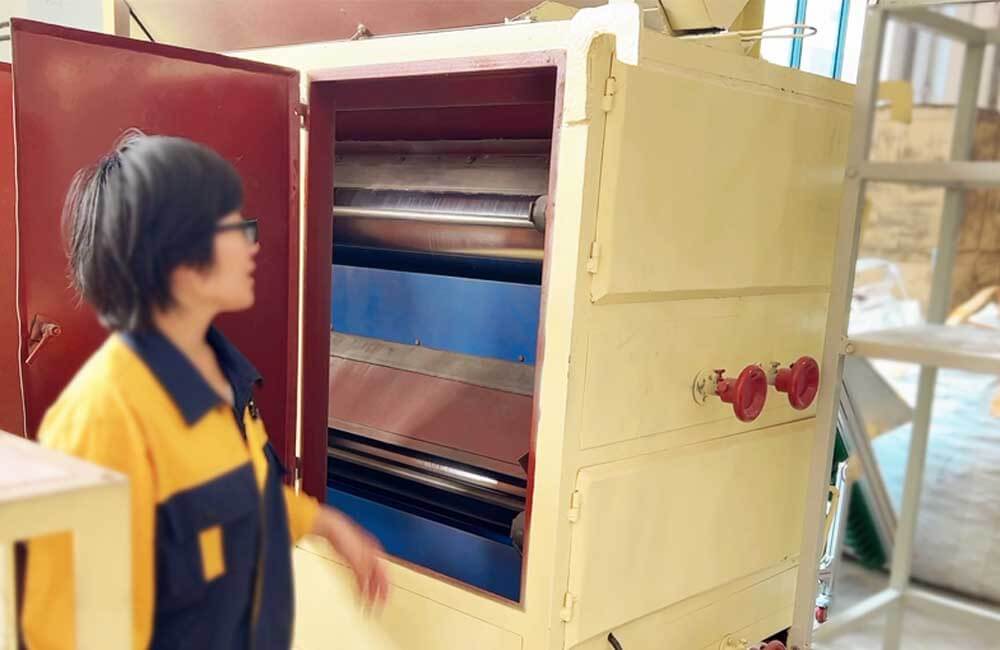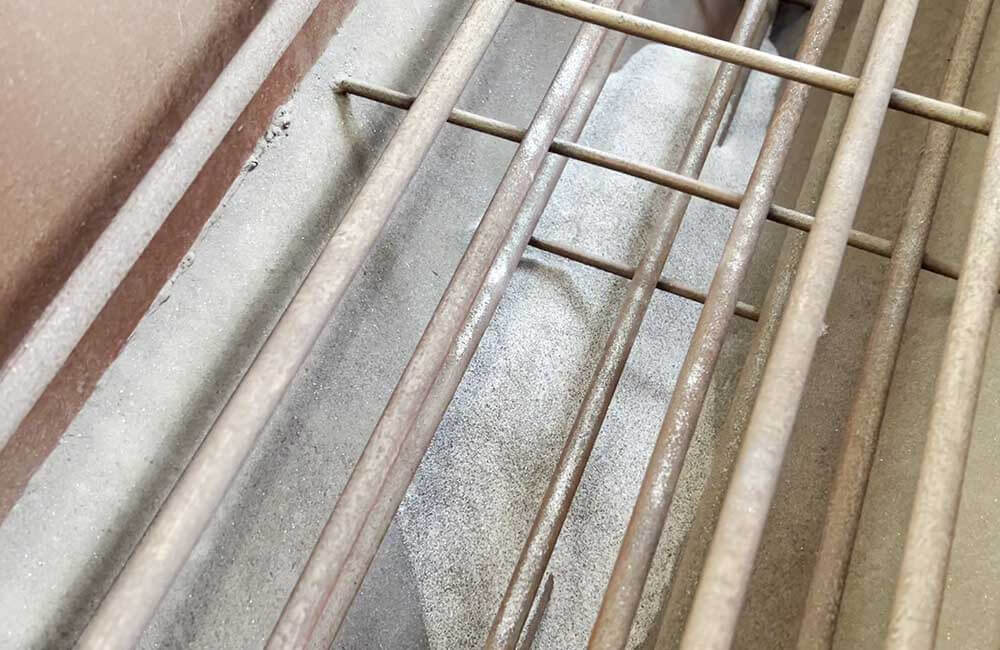Silica sand is also called quartz sand. Natural quartz sand is often used in glass, ceramics, casting, and other fields because of its high content of hybrids and the poor quality of the mineral itself. However, high-grade silica sand is often used in technology industries such as optical communications, photovoltaics, optics, and electric light sources. However, there are many poor ores, and very few rich ores, and most quartz resources are accompanied by many impurities. In daily life, there are countless places where silica sand is used, and the grade of raw materials is getting lower and lower. To meet industrial needs, silica sand’s purity must be improved to serve us better. The grade is mainly improved through mineral processing technology, including washing, flotation, magnetic separation, or electrostatic separation. Among them, electrostatic separation is one of the important steps in fine purification. We can put silica sand into an electrostatic separator to lab test the effect and make the best choice.

What is an electrostatic separator?
An electrostatic separator, a champion of environmental protection, can sort and extract materials twice in one device, achieving higher purity for metals and plastics. With its low energy consumption, low noise, high output, and dust-free operation, it is a sustainable solution for material separation. JXSC offers a range of electrostatic separators, including single-roller, double-roller, three-roller, and multi-roller parallel models, all of which can be customized to meet specific material extraction requirements. This method, powered by electrostatic force, provides an accurate and environmentally friendly solution for processing and purifying silica sand.
Electrostatic separation process
Utilizing the difference in the conductive properties of materials, the composite electric field combined with the high-voltage corona electric field and the high-voltage electrostatic electric field separates materials under the action of electric and mechanical forces. Due to the different charges of various materials, the other stress states make the trajectories of the materials different during discharge, so the mixed silica sand materials are highly purified.
Advantages
- High separation efficiency and high purity of finished products: This technology can separate silica sand from other minerals and impurities, thereby obtaining higher-purity and higher-value products.
- Electrostatic separation technology, in addition to its high efficiency, also offers significant cost savings. Compared to traditional separation methods, it requires relatively low energy consumption, can be automated, and has low labor and operating costs. This makes it a cost-effective solution for material separation and purification.
- The versatility of the electrostatic separator allows customization based on specific particle sizes and desired results, providing flexibility to optimize silica sand processing efficiency.
lab Silica Sand Electrostatic Separation Test Steps
- Ensure that the equipment is properly calibrated and all settings are adjusted to the specific requirements of the tested material. This includes setting the voltage, current, and feed rate parameters to achieve the best separation efficiency.
- Your meticulous preparation of the silica sand sample is crucial. Remove any impurities or contaminants that may affect the test results. Carefully obtain a representative sample of the silica sand that needs to be separated, ensuring that the sample is dry and free of contaminants that may affect the separation process.
- Once the sample is ready, it is time to feed the silica sand into the electrostatic separator at a consistent rate for lab testing. High voltage is applied to the electrodes within the separator, causing the silica sand particles to become charged as they pass through the electric field. Positively and negatively charged particles will be attracted to the opposite electrode or collector plate.
- Throughout the test, key performance indicators such as separation efficiency, yield, and purity are monitored and recorded to evaluate its effectiveness.

Based on the test results, your role in fine-tuning parameters such as voltage settings, feed rates, and electrode configurations is crucial. This optimization process is key to achieving the desired purity and recovery. After completing several runs using different parameters, the collected data was analyzed to determine which settings produced the best results for the effective separation of silica sand using electrostatic methods.
Integrating electrostatic separation into silica sand processing operations can improve product quality, increase efficiency and save costs. This approach offers a promising solution for industries seeking high-purity silica sand for use in a variety of applications. Asia-Africa International(JXSC) supports customized laboratory testing services and equipment, contact us for more details!
